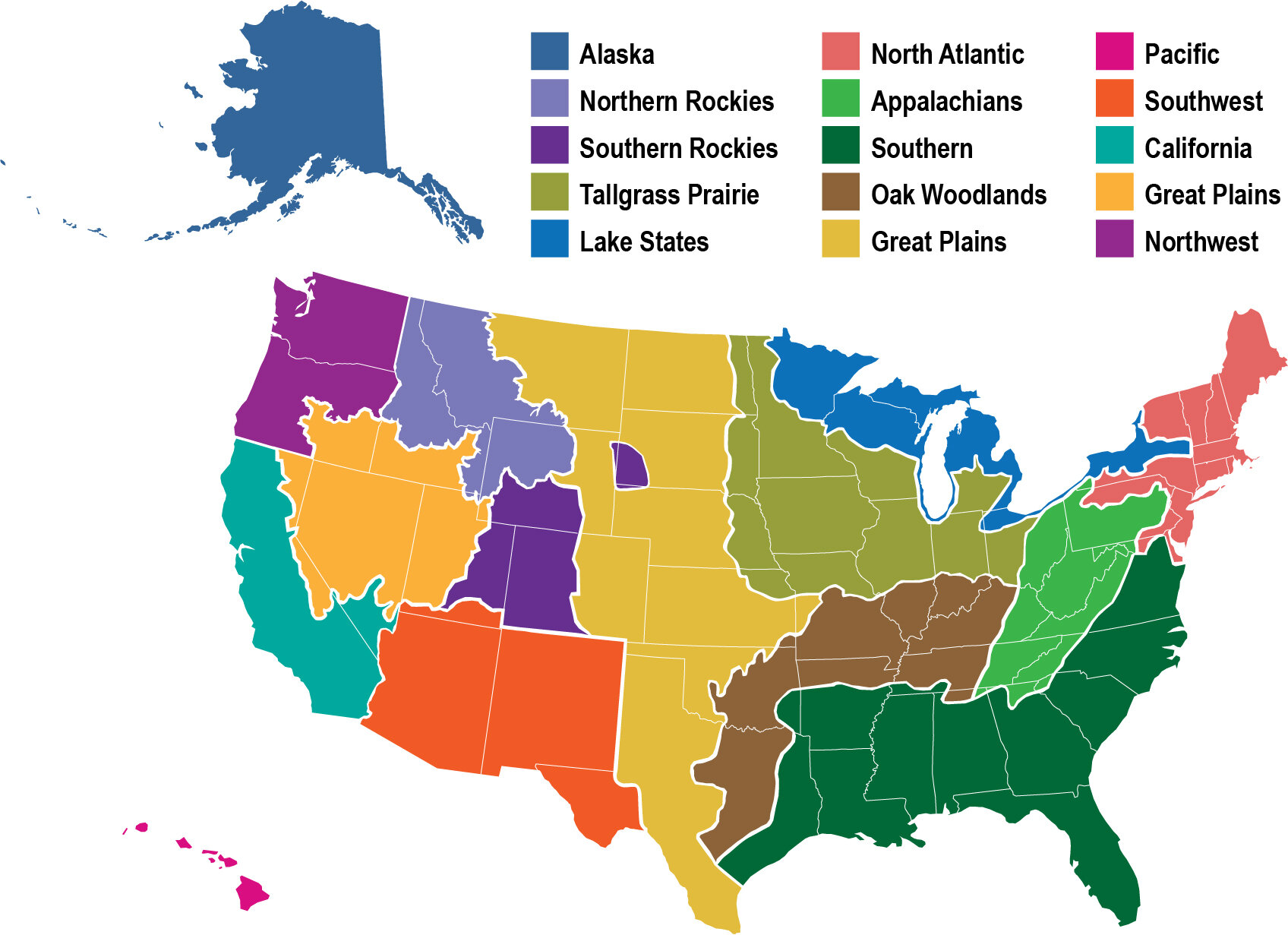Prescribed burning liability: New potential policy to support prescribed fire in California
/SB332 is a new bill introduced by Senator Dodd that would tie a gross negligence standard to CA’s state-certified burn boss program.
To learn more about this bill review the factsheet here >.
If you’d like to support this effort, you (or your organization) can mail a letter of support to Les Spahnn, Senator Dodd’s Leg Director: Leslie.Spahnn[at]sen.ca.gov.
Here is some sample language for a letter of support:
[ORGANIZATION’S LETTERHEAD]
[DATE]
Senator Bill Dodd
State Capitol, Room 2082
Sacramento, CA 95814
RE: SB 322 (Dodd) – SUPPORT
Dear Senator Dodd:
[ORGANIZATION] is pleased to submit this letter in support of your SB 332. By reforming the
liability standard for certified burn bosses, this legislation will remove a major disincentive that
currently prevents highly trained prescribed fire practitioners from applying ‘good fire’ to the
landscape. The additional liability protection provided to certified burn bosses under SB 332 will
enable burn bosses to expand the application of controlled burns throughout the state, improving
California’s wildfire resilience and aiding in averting catastrophic fire seasons like those experienced
by the state in 2018 and 2020.
Under current law, prescribed fire practitioners are subject to a ‘simple negligence’ standard for
escaped fires—that is, they may be found liable for property damage or personal injury if they fail to
exercise the care of a ‘reasonably prudent person.’ While less than 1% of prescribed fires escape
their intended burn area and property damage and personal injuries are exceedingly rare, concerns
over potential liability nevertheless severely disincentivize the application of prescribed fire. As a
result, practitioners engage in fewer burns and/or smaller, less-complicated burns, providing less
wildfire resilience than would a robust prescribed fire regime. Additionally, the simple negligence
liability standard impacts the availability of liability insurance for practitioners.
SB 332 would apply a ‘gross negligence’ liability standard to certified burn bosses, holding them
liable only for damages resulting from reckless or willful misconduct. There is little reason to believe
that this change in law would significantly increase damages from prescribed fire, particularly
because the gross negligence standard would only apply to highly qualified, well trained prescribed
fire professionals certified as burn bosses under a curriculum developed by the State Fire Marshall.
But the benefits of the gross negligence standard would be significant, improving access to liability
insurance, increasing the state’s wildfire resilience through preventative application of ‘good fire,’
and expanding the suite of ecological benefits that prescribed fires provide.
Experts believe that California should burn upwards of 1 million acres per year via prescribed fire to
avert another catastrophic wildfire season, but current levels are only about 125,000 acres per year.
Because it will promote the application of prescribed fire by reforming the liability standard for the
state’s most qualified prescribed fire practitioners, your SB 332 will make measurable improvements
in the state’s wildfire resiliency. Consequently, [ORGANIZATION] is happy to support SB 332,
and we thank you for your leadership on this important issue.
Sincerely,
[SIGNATURE]
[PRINT NAME, TITLE & ORGANIZATIONAL AFFILIATION]
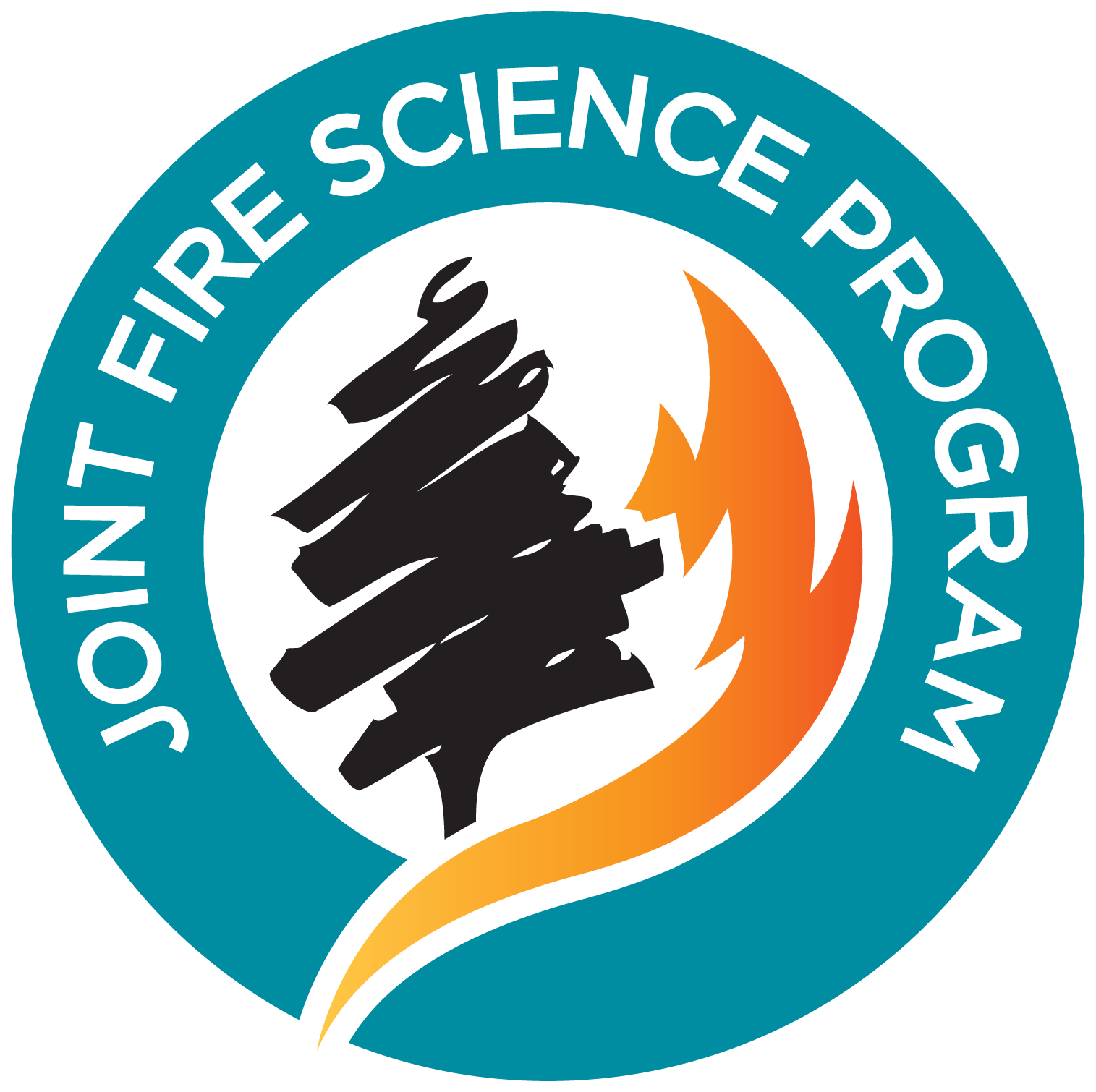


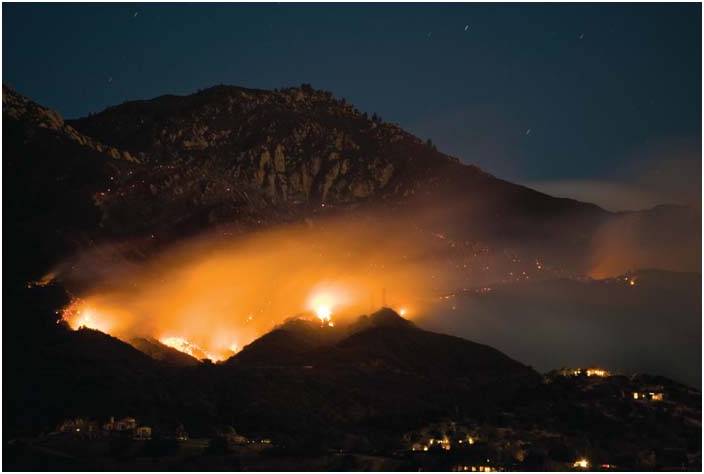


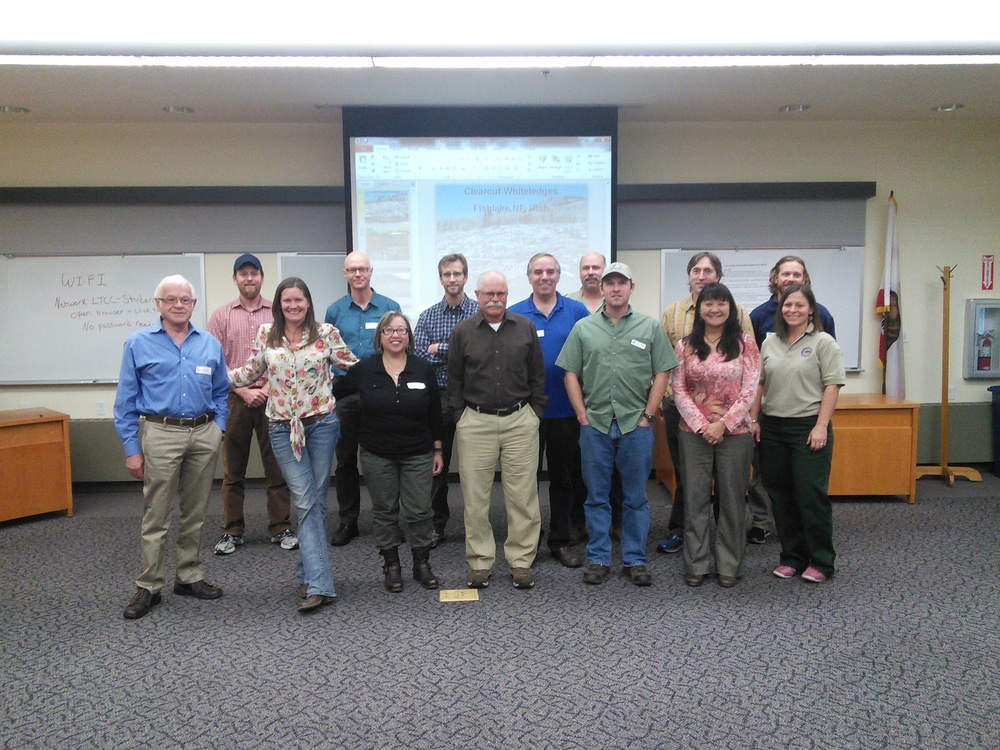
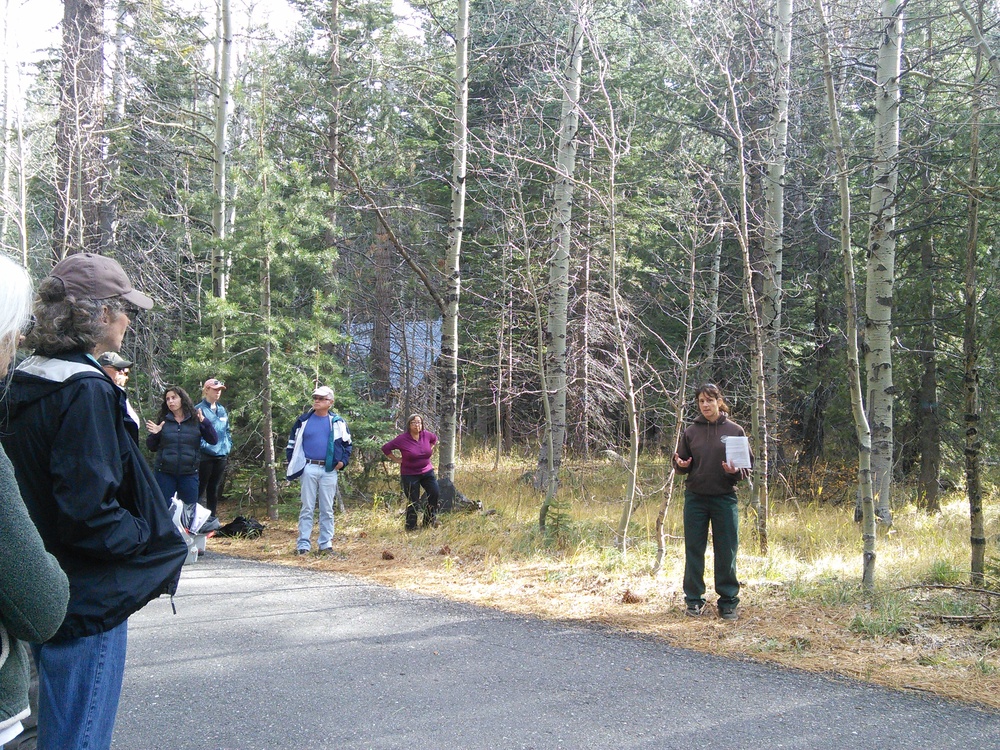
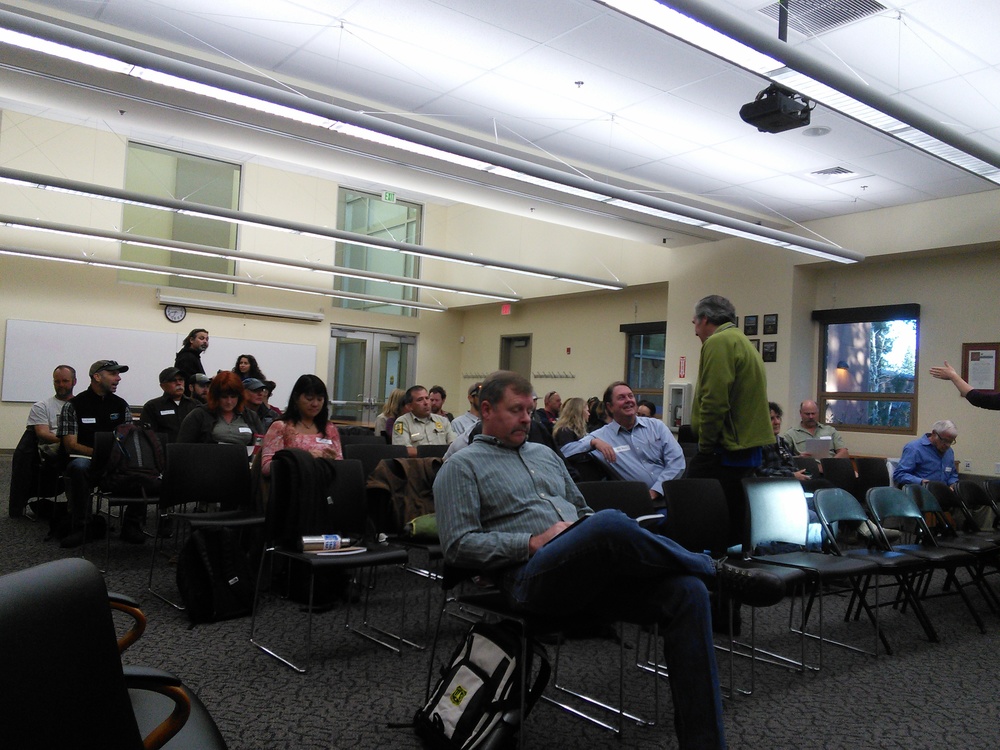
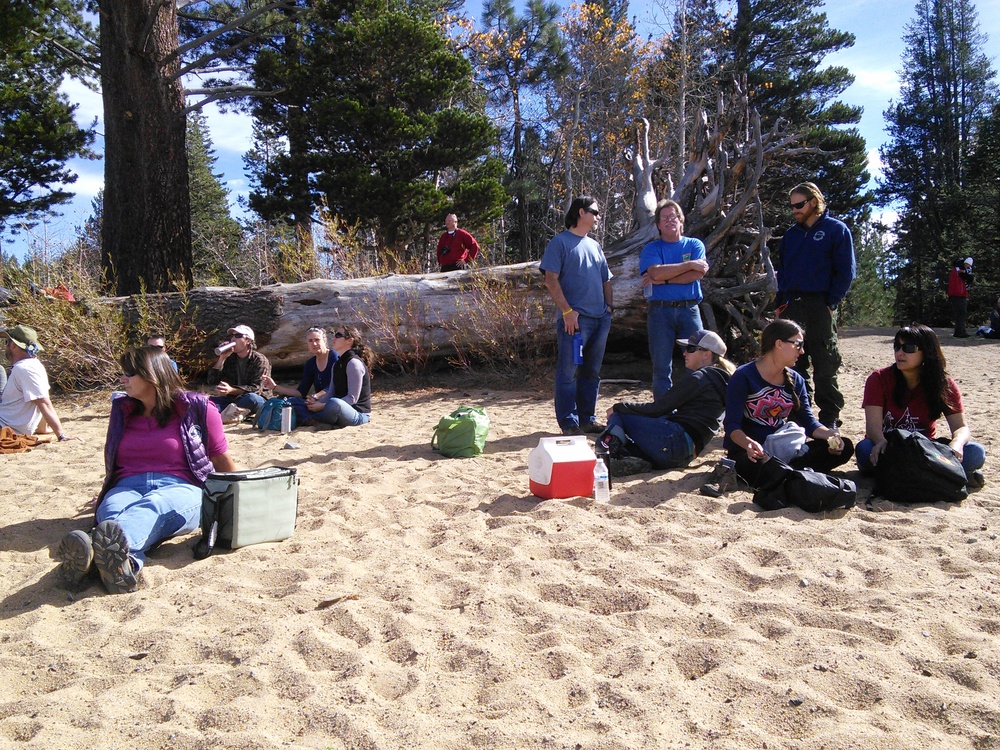
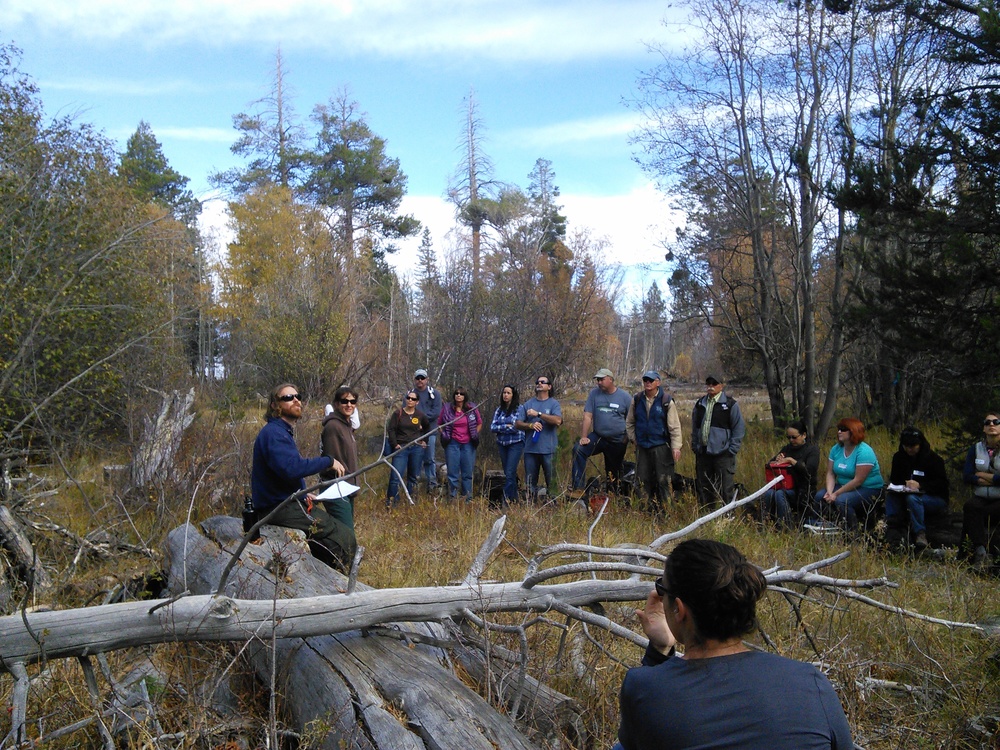

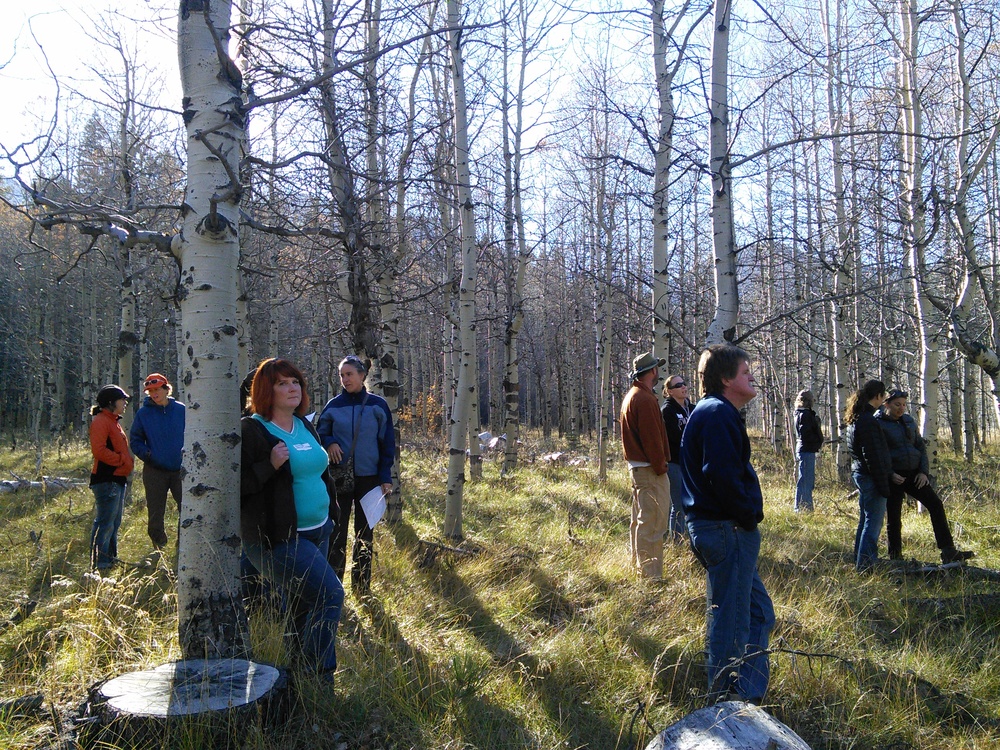

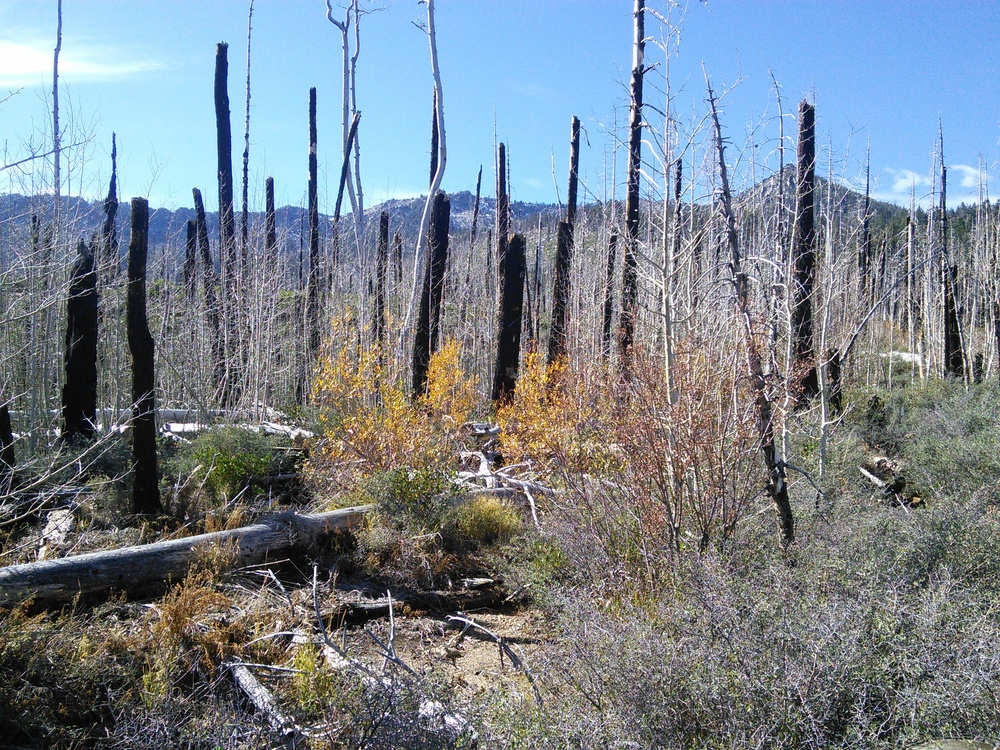
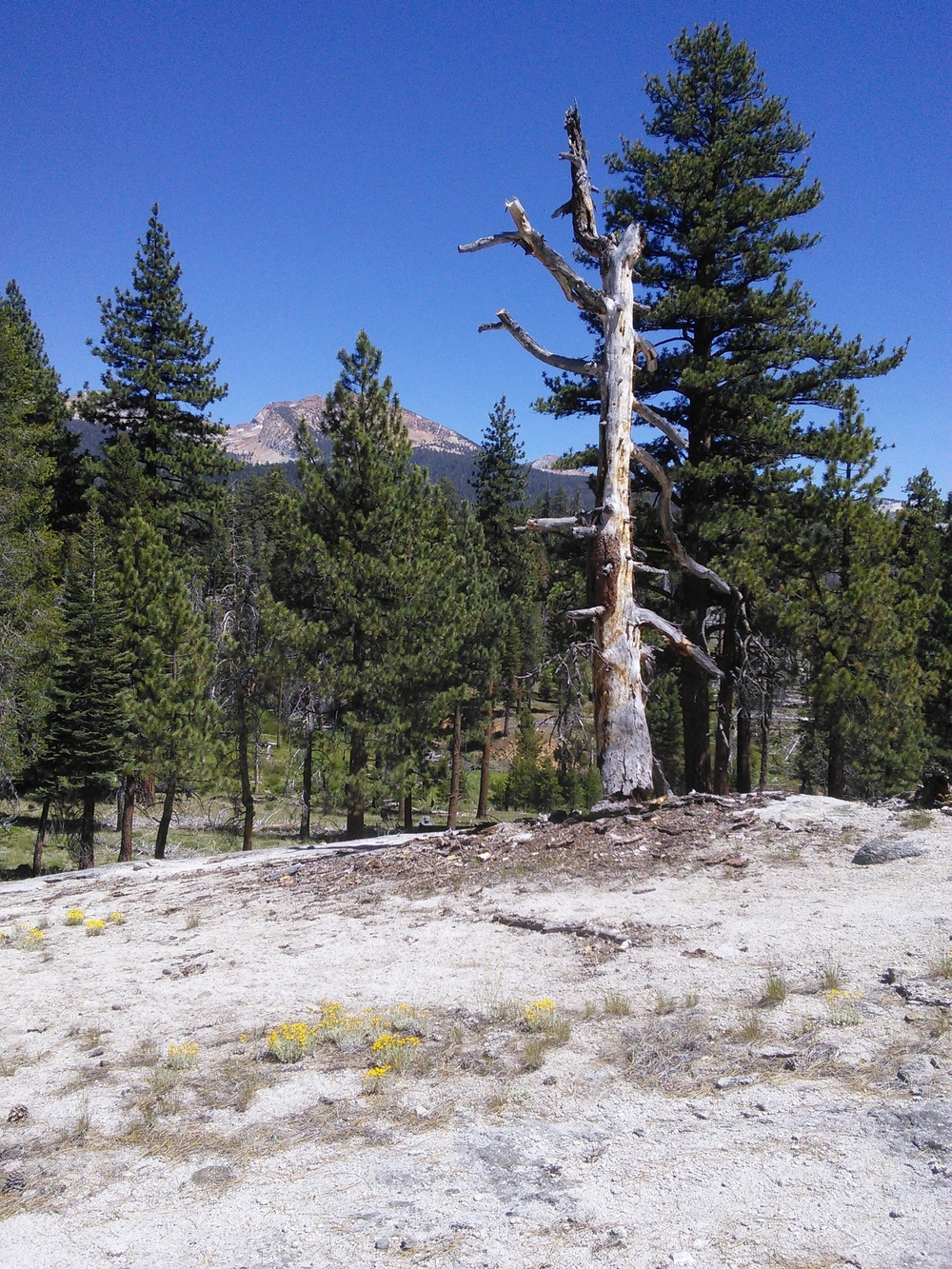
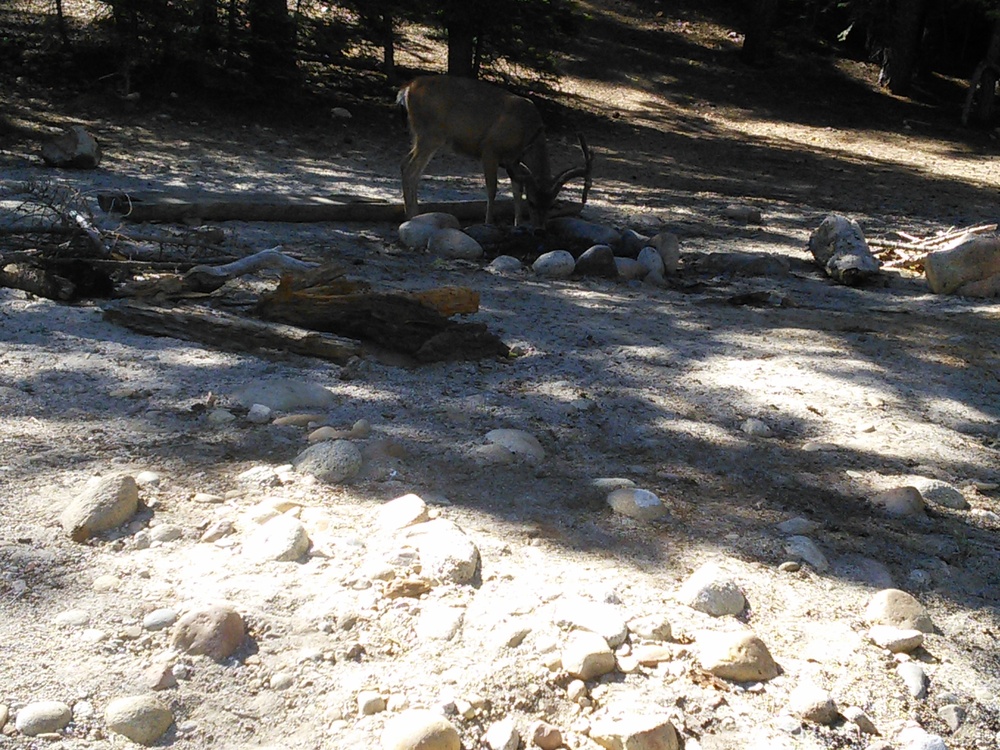
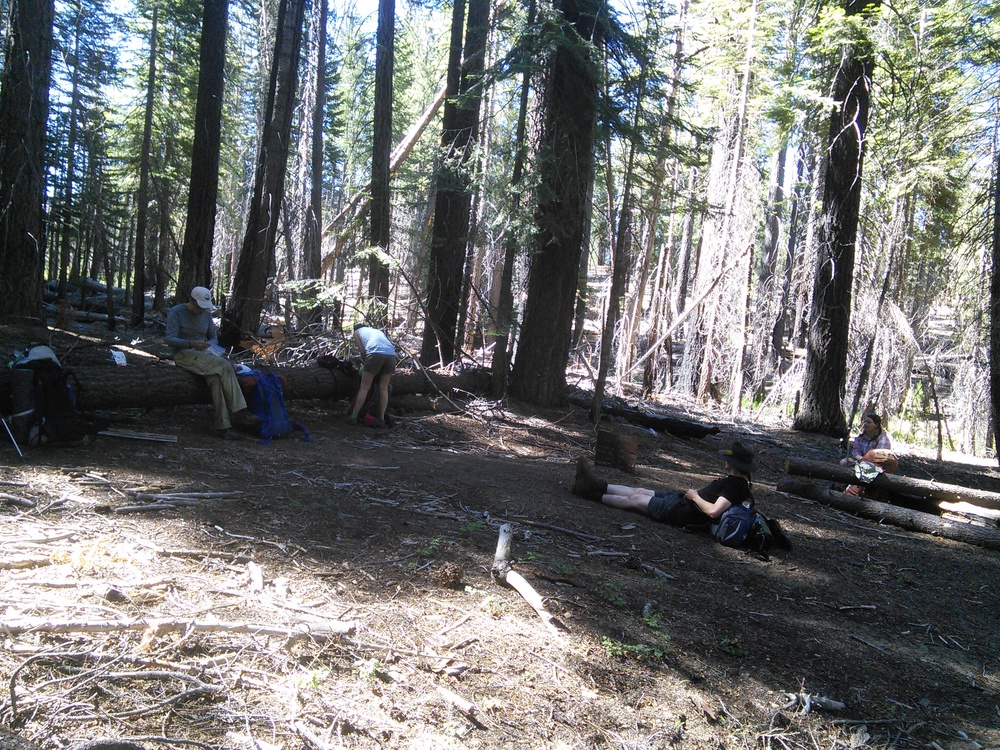
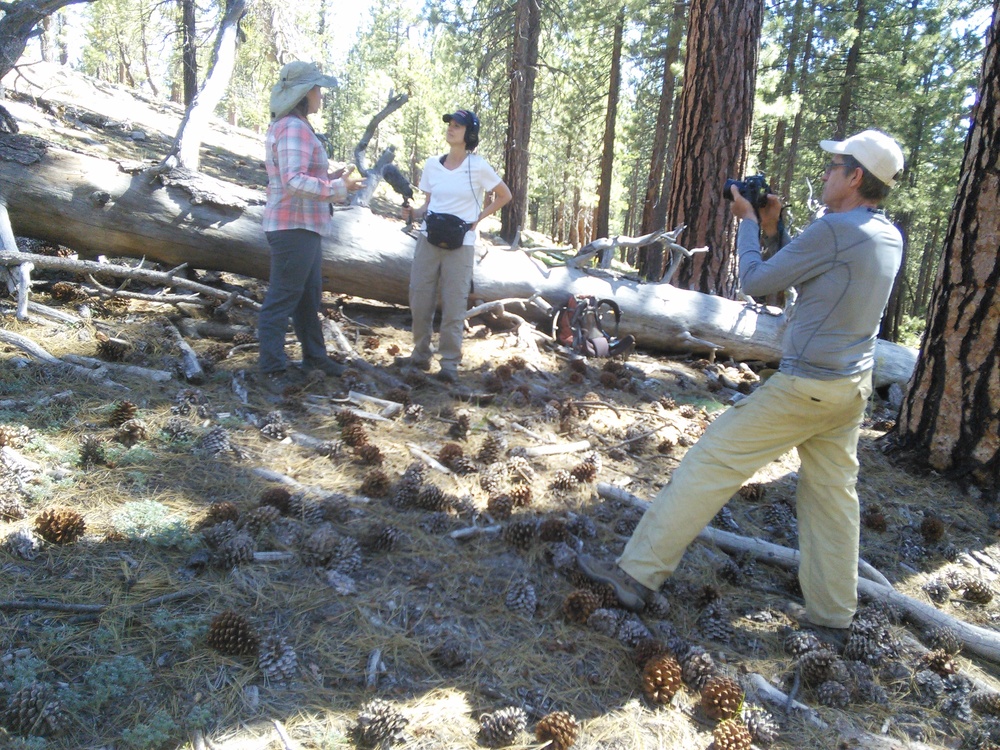
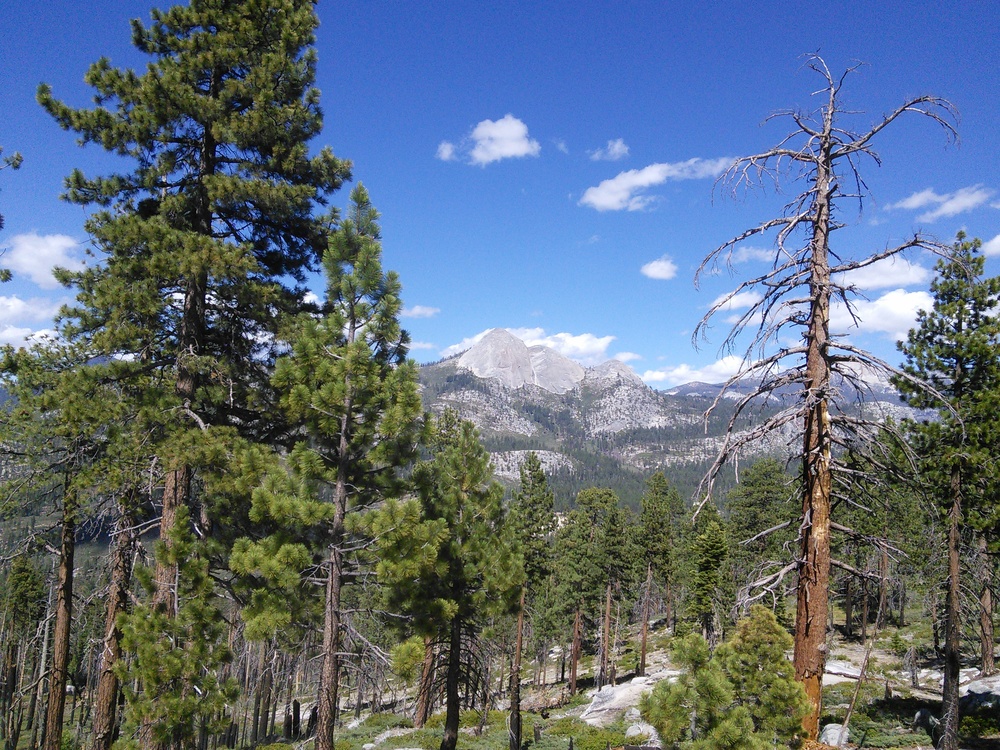
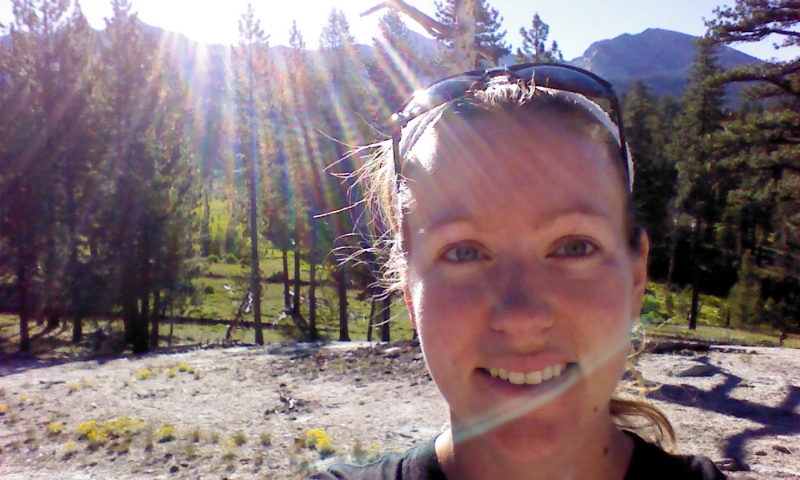
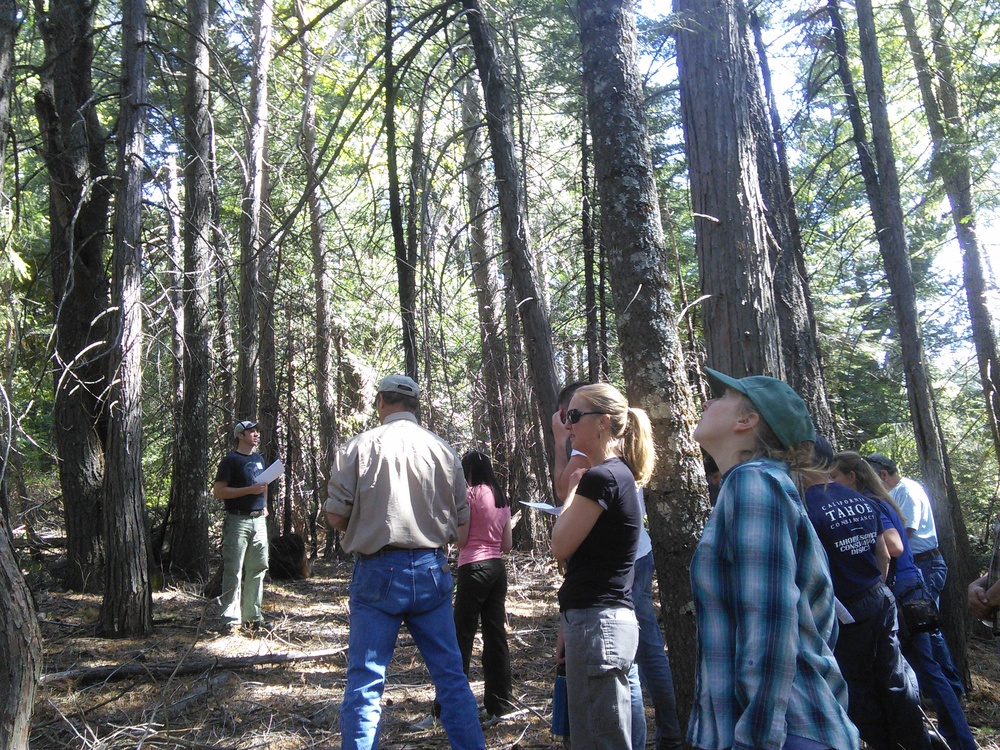

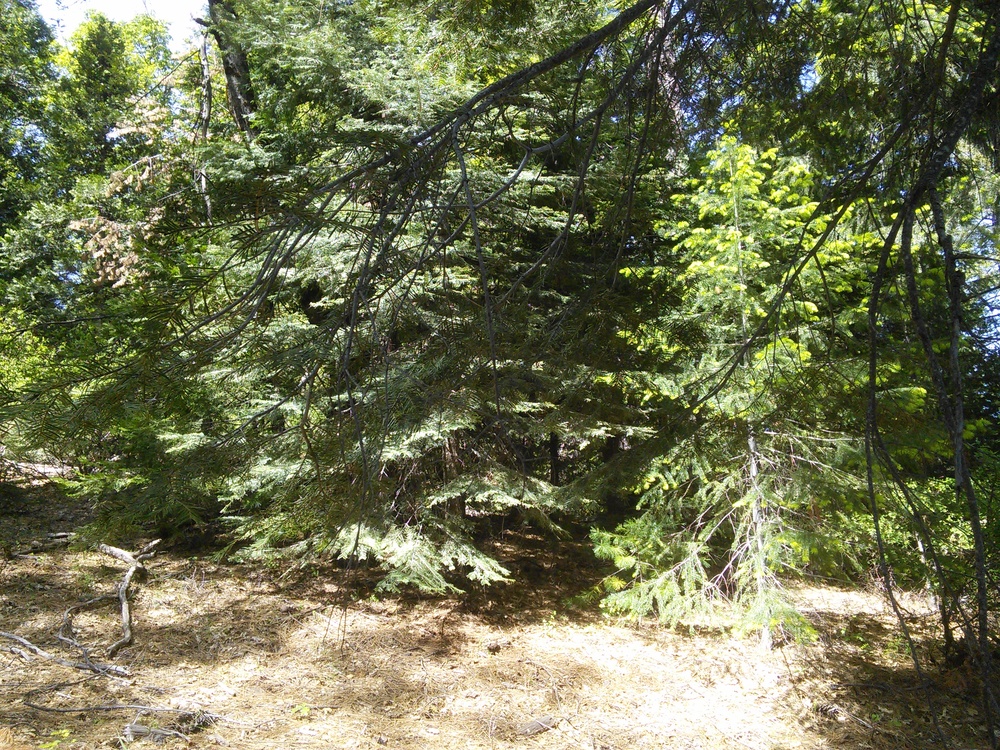

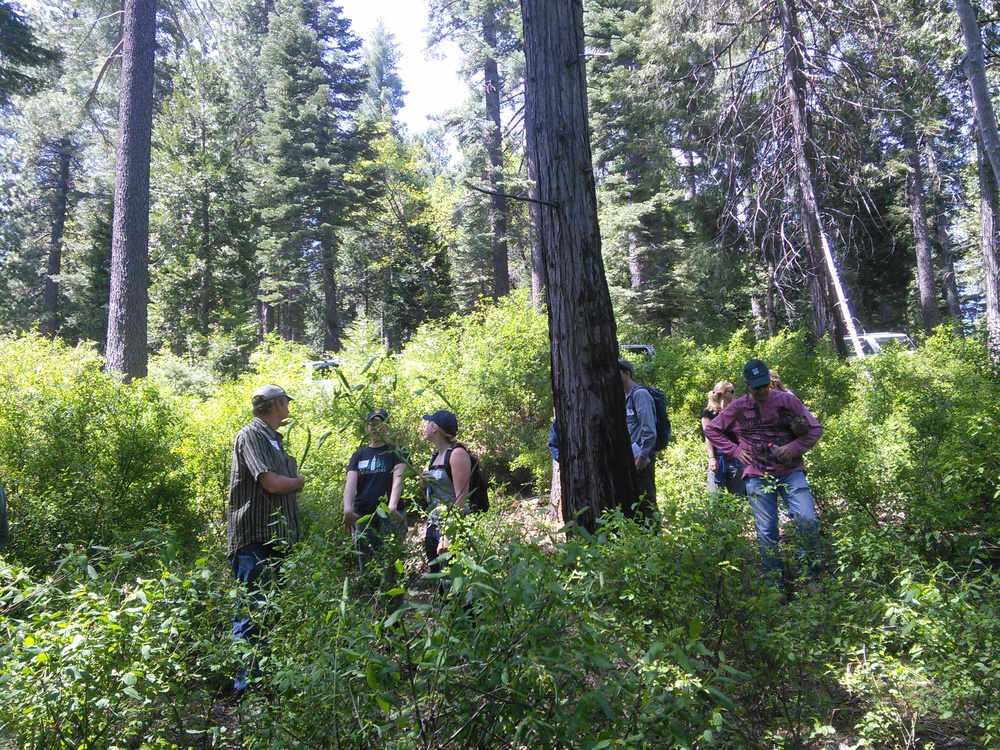
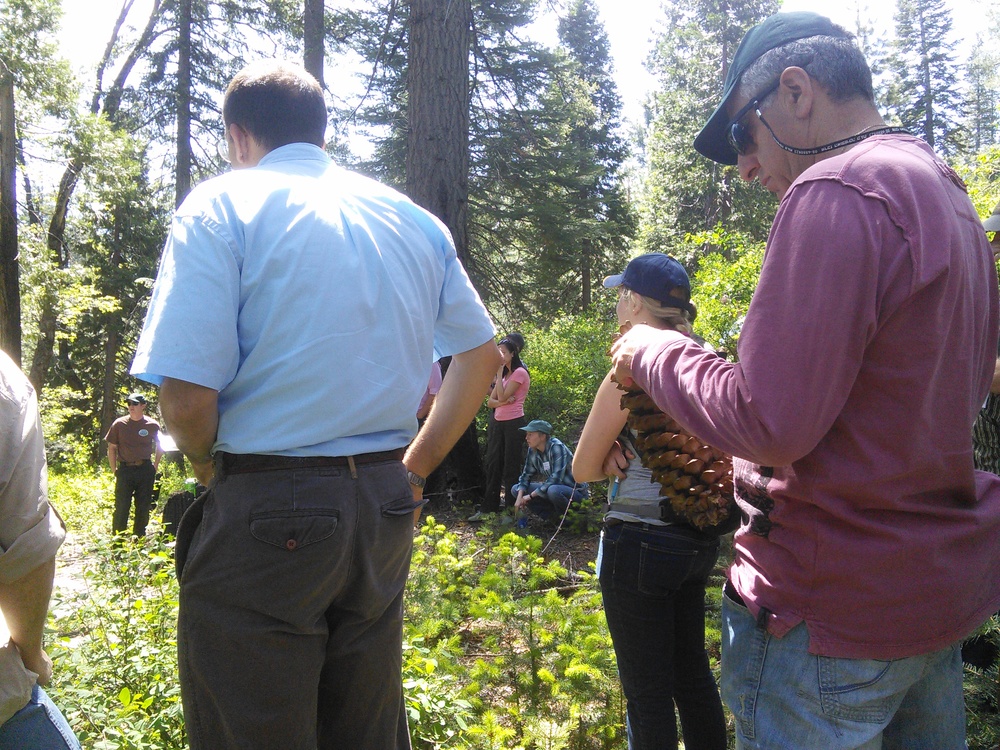
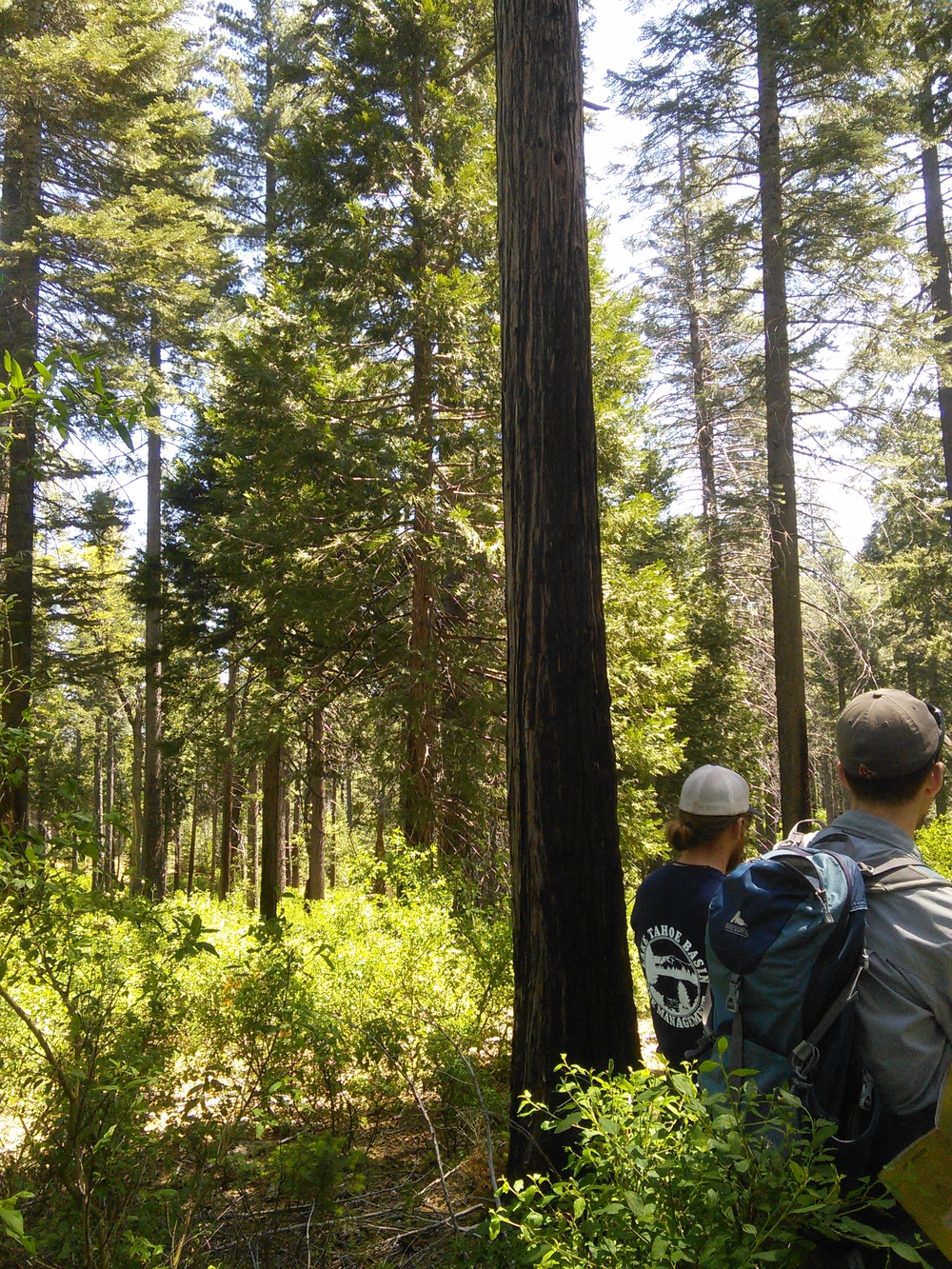
 The "prescribed burn only" area was burned twice during the treatments and made a great spot for lunch.
The "prescribed burn only" area was burned twice during the treatments and made a great spot for lunch. 



